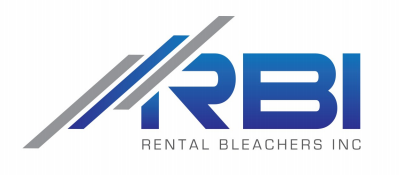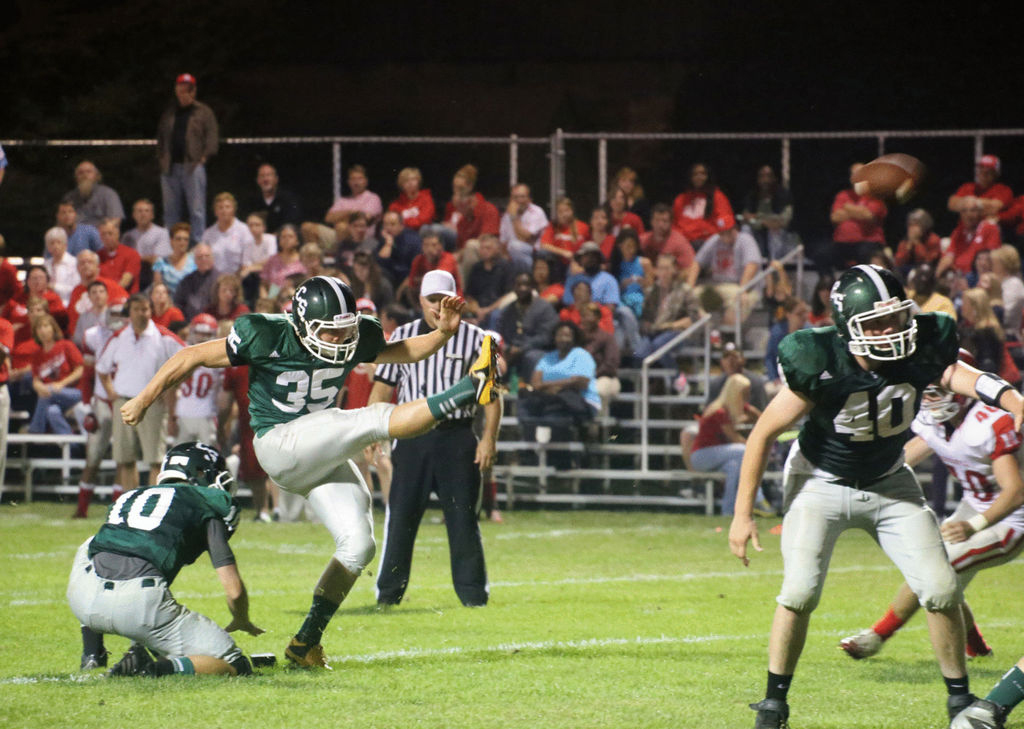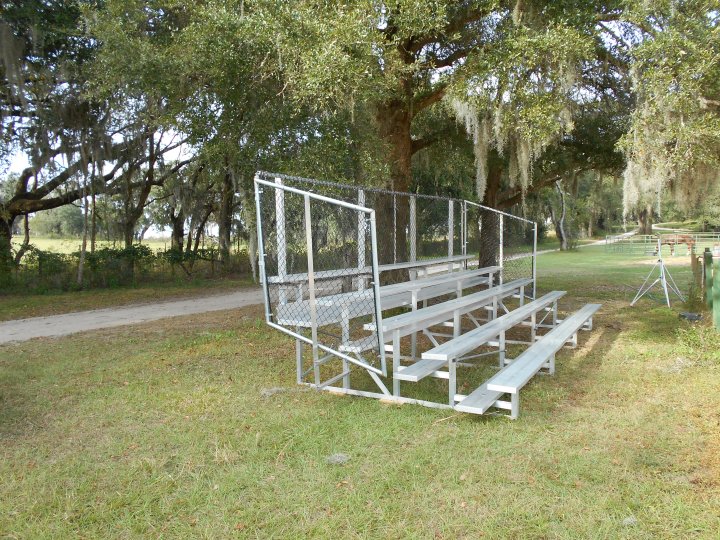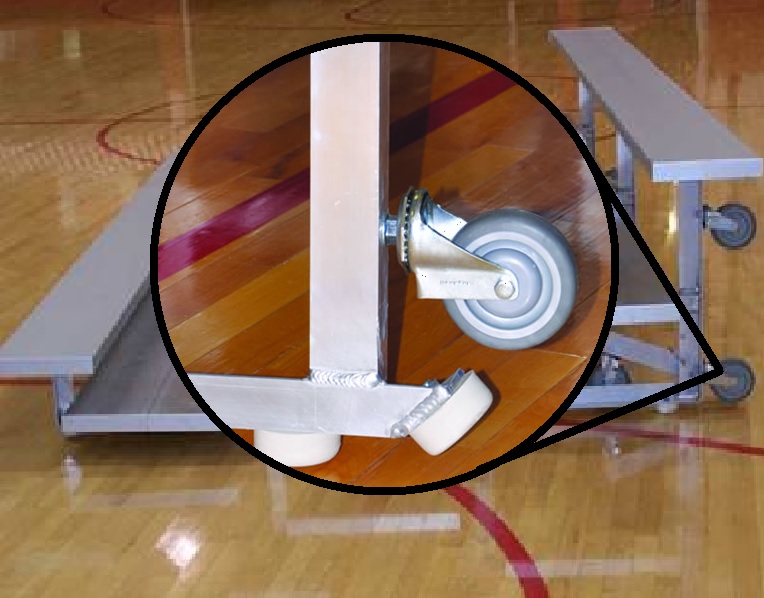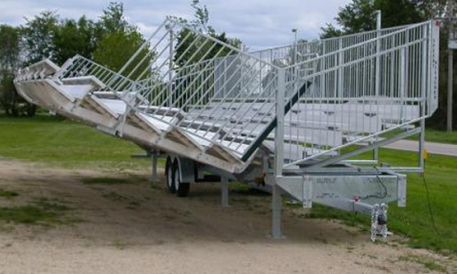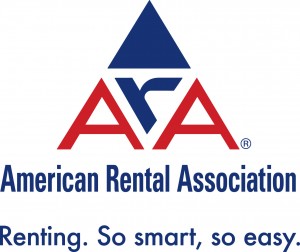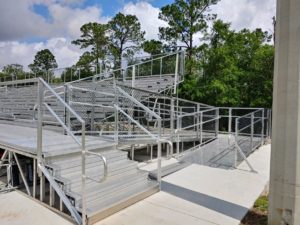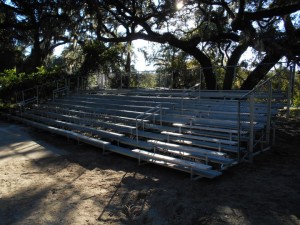Bleachers. Most people don’t think twice about them. Most people take their convenience for granted. Most people know little about them. Because of this, few people realize how integral they have become to our culture and events. A wide range of experiences and emotions take place on the surface of bleachers. From angry, pumped-up fathers yelling at their sons to run faster, to a boy and girl keeping each other warm, the diversity of memories made on these seats is hard to match.
Ever wonder where bleachers got their name? The first bleachers were made of wood entirely. A key distinctive feature that remains in existence today is their lack of overhead cover from the sun. Thus, the seats become “sun-bleached.” The name “bleachers” is born.
Bleachers have progressed miles over the years. They come in a wide range of sizes, types, and shapes. Some are permanent. Some are made with advanced designs to allow portability. Over the course of its life, a set of bleachers will support tens, maybe hundreds of thousands of fans and spectators as they enjoy the show. Their design is rugged and intelligent, but elegantly simple.
There are several different types of outdoor bleacher designs:
Steel I-Beam Grandstands
This category mainly focuses on the larger systems you would see at a football stadium or venue that required a larger crowd. The benefits of using an “I-Beam” system is that the understructure is “clear span” which means the space under the structure is much more open and allows for the venue to build restrooms, concessions, or any other auxiliary structure needed for the venue.
As with all bleacher types they are made to withstand not only the weight load of people, but the “live” load of people. Picture 10,000 people stomping their feet or jumping up and down at the same time. This places a significantly heavier load on the bleachers than their weight alone. This is known as the “live” load.
Angle Frame Bleachers & Grandstands
Angle frame bleachers can have either a steel or aluminum substructure that is designed using multiple frames and cross braces usually spaced 6′ O.C. to support an aluminum decking system. Angle frame systems cover the majority of bleacher types and can be designed to accommodate thousands of people in one system or a simple 30 person bleacher. Angle frame bleachers can be broken down into the following sub-categories:

Elevated Grandstands with ADA Ramp
Elevated Grandstands – Usually seen at high school football stadiums. This type has an elevated front walkway to allow for spectators to see over the action in front of them. They will usually have stairs and ADA ramps for access to the bleachers.
- Non-Elevated Bleachers – This type can range in length and number of rows but the basic description means that the person in first seat of the bleacher would have their feet on the ground. This category covers most bleachers you would see at a little league baseball game or in almost any park across the country. Non-Elevated bleachers can be broken down even further into sub-types:
- Portable bleachers are bleachers that are designed to be smaller in size and can in theory be moved to different areas on a property to be used for multiple applications. “Portable” can be a little misleading in that they do not always come with wheels or a transportation kit. These are the types of rental bleachers used by RBI.
- Permanent or Fixed bleachers are simply any bleacher that has been anchored to a foundation to meet wind load requirements and is no longer movable.
- Highway Bleachers are systems that have been designed to be moved from location to location and many bleacher rental clients think they are getting for portable bleachers but that is not the case. It is a very specific type of system that is designated highway bleachers.
This is by no means a complete list of the types and styles of bleachers available. Each company providing seating has unique designs and materials to meet different needs for clients searching for the best available options.
Bleachers and Safety
No matter the size of the bleacher or grandstand in question, safety should always be the number one concern. Most newer bleacher systems have been designed to meet more stringent code requirements that increase the safety of the system however there are countless existing bleachers all across the country that do not meet these requirements. The simplest way to approach a bleacher safety issue is to hire an expert for a consultation.
Wrapping it up
Bleachers are often something we take for granted, but as you can see, there’s a lot going on behind the scenes. If you think about it, they’re a miracle! A simple structure that is extremely versatile, portable, and holds tens of thousands of pounds. That’s really cool.
Businesses like RBI help solve the problem of providing seating for those angry fathers and cold couples. We’ll always need bleachers. Chances are, they aren’t going anywhere for a long time!
